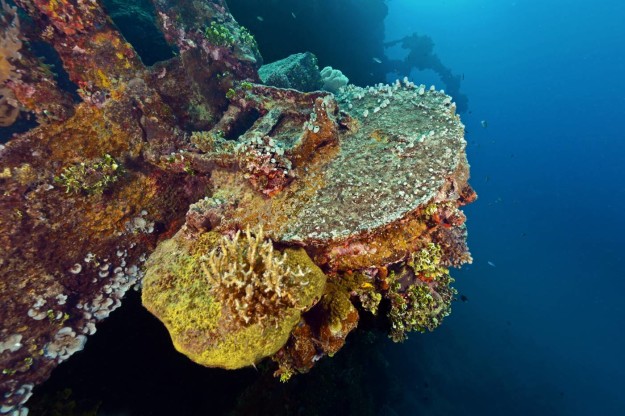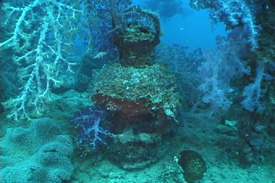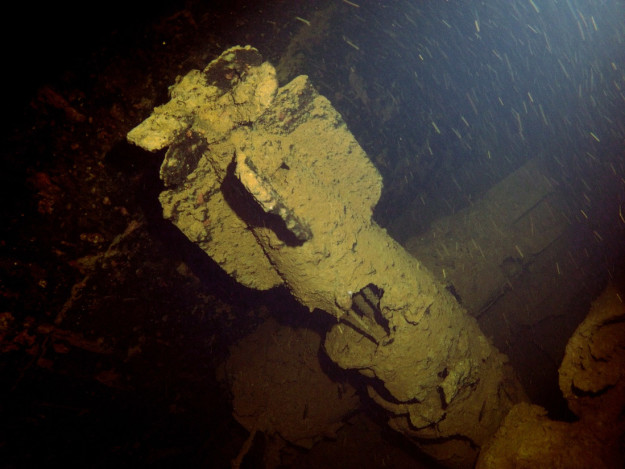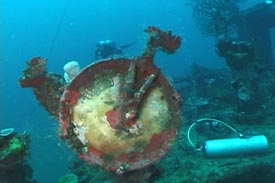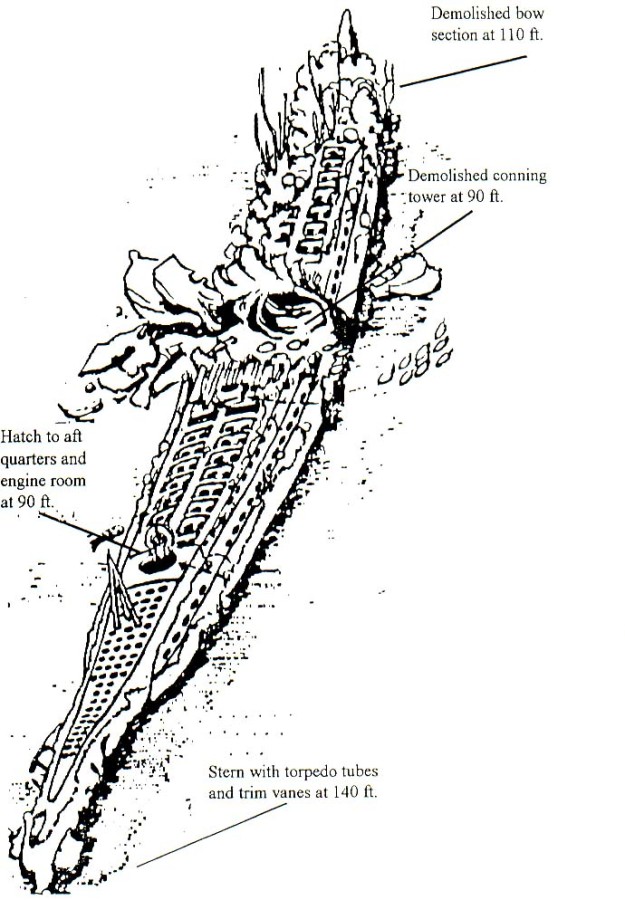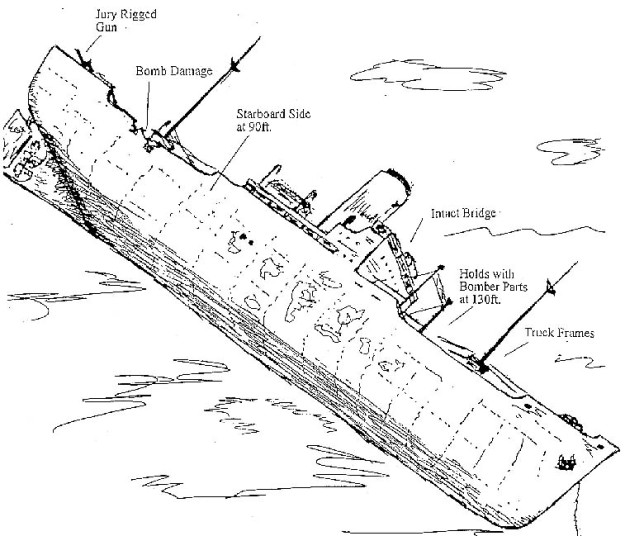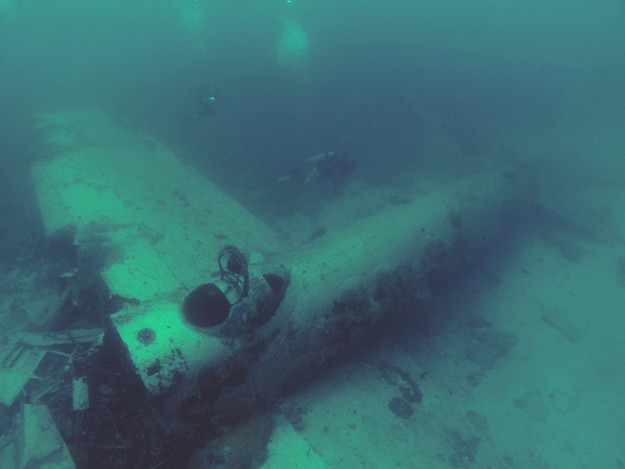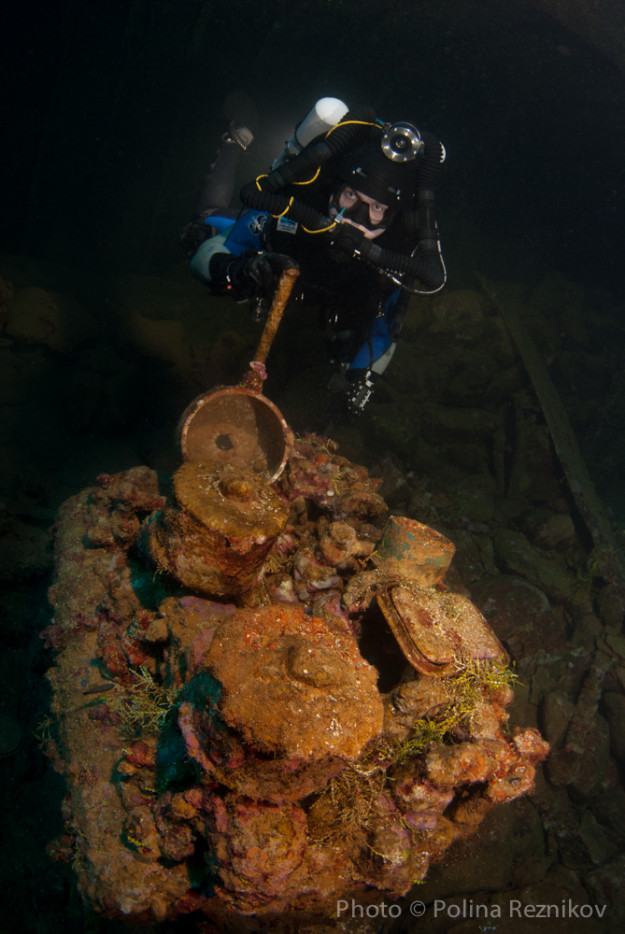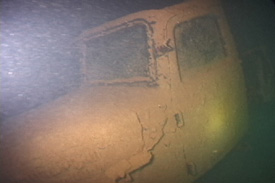Gosei Maru
The Gosei Maru was built in 1937, by the Tsuromi Iron Works Dockyard as a medium coastal freighter for the Koun Kisen Line. Her lines are unconventional, but were adopted as the Standard D Freighter, built in quantity during the war. The Japanese Navy took control and utilized her as a supply ship for Sixth…

